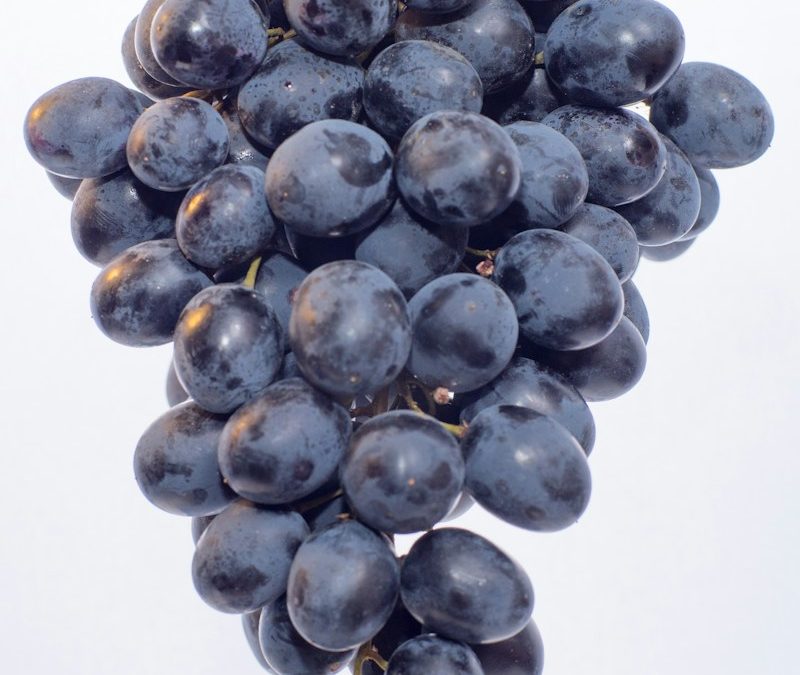Growing grapes can be an incredibly fulfilling hobby, offering the joy of harvesting fresh, plump fruits directly from your backyard. This guide delves deeply into each aspect of grape cultivation, ensuring you’re equipped with the knowledge needed for a fruitful vineyard.
Contents
Choosing the Right Grape Variety
Understanding Climate Compatibility
Selecting the right grape variety is crucial and highly dependent on your local climate. Cool climates favor varieties like Concord, known for their hardiness, while warmer regions are ideal for Vitis vinifera varieties like Cabernet Sauvignon, which require more sun and heat.
Purpose-Based Selection
Determine your primary purpose – whether it’s for fresh eating, juice making, or winemaking. Table grapes like Thompson Seedless are perfect for fresh consumption due to their seedlessness and sweetness. In contrast, wine grapes like Pinot Noir have specific sugar and acid profiles suited for fermentation.
Planting Your Grapevines
Optimal Planting Times
The ideal planting time is in late winter or early spring. This timing allows the vines to establish a robust root system before the onset of the growing season.
Soil Preparation and Requirements
Grapes flourish in well-drained soil with a pH range of 5.5 to 7.0. Conduct a soil test and amend the soil with organic matter like compost or aged manure to enhance its fertility and structure.
Planting Methodology
Space grapevines 6-8 feet apart, accounting for their growth potential. Dig a hole slightly larger than the root ball, place the vine, and then gently backfill with soil, ensuring the root crown is just above ground level.
Grapevine Care and Maintenance
Watering Regimen
Young vines require consistent watering to establish. Mature vines have deeper root systems and can tolerate moderate drought, but even moisture levels are key during fruit development.
Nutritional Needs and Fertilization
Apply a balanced 10-10-10 fertilizer in early spring. Over-fertilization can lead to lush foliage at the expense of fruit, so moderation is key.
Pruning for Health and Productivity
Annual pruning is essential. In late winter, prune to remove about 70-90% of the previous year’s growth. This promotes healthy new growth and abundant fruiting.
Managing Pests and Diseases
Common Challenges
Grapes can fall prey to pests like grape leafhoppers and diseases such as downy mildew. Regular monitoring and environmentally friendly treatments, such as neem oil for pests or sulfur-based fungicides for mildew, can be effective.
Harvesting Grapes
Identifying Ripeness
Grapes are ready when they’ve reached full color and sweetness. This varies by variety and is best judged by tasting a few berries from different clusters.
Harvesting Method
Cut the grape clusters with sharp pruning shears, being careful not to crush the berries. Harvest in the morning for optimal sugar levels.
Post-Harvest Grape Care
Proper Storage Techniques
Refrigerate grapes immediately after harvesting to maintain freshness. For long-term storage, freezing or converting into jams and jellies are excellent options.
Culinary Uses
Apart from enjoying them fresh, grapes can be used in various dishes, from salads to desserts. They’re also perfect for making juices, jellies, or even home-crafted wines.


